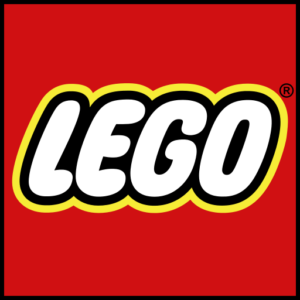Competition is coming for LEGO, and that’s a good thing

It’s been a pretty eventful weekend in the LEGO World!
- We celebrated May the 4th with the opening of the world’s first ever LEGO Star The Exhibition at the Melbourne Museum (full review coming soon!).
- Mattel officially unveiled their new brand, taking aim at Speed Champions and LEGO Icons
- LEGO pulled off a spectacular branding exercise at the Miami Grand Prix
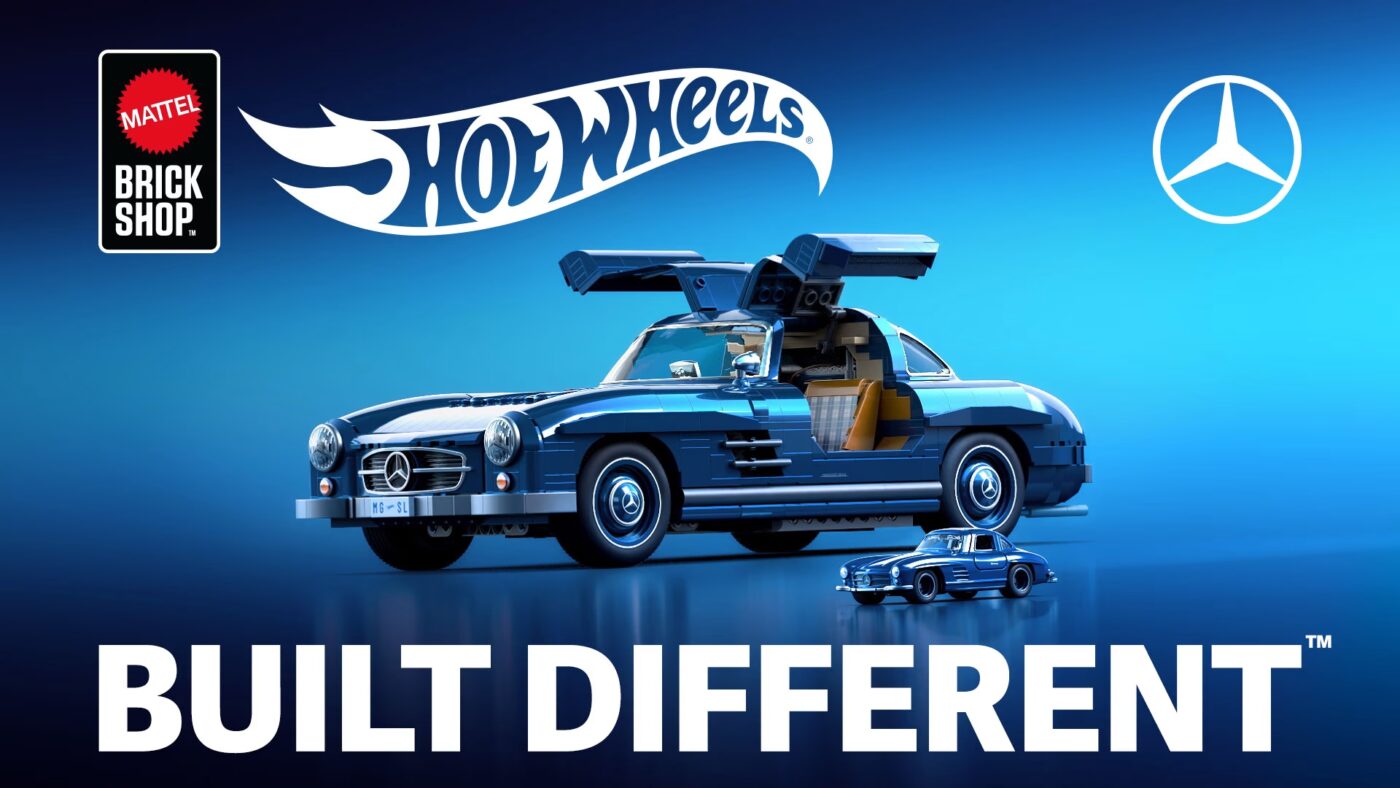
Mattel finally unveiled their newly rebranded LEGO competitor, Mattel Brick Shop, a brand new line of models that hope to challenge LEGO’s stranglehold in the adult toy market.
Mattel Brick Shop introduces brand new bricks, which Mattel claims to have been reformulated and are higher quality, although impressions by content creators who have the sets in-hand say that the quality still isn’t as good as LEGO.
Meet LEGO’s competition

Their first salvo leverages Mattel’s very own Hot Wheels brand with a range of brick-built vehicles that contain a fun twist – each Mattel Brick Shop set will come packed with a diecast Hot Wheels car, and Mattel are also introducing diecast elements which elevates some of these models above what LEGO are offering.
There are 3 tiers for Mattel Brick Shop, Speed (1:32), Elite (1:16), and Premium (1:12), and the models will start at US$19.99, US$49.99 and US$119.99 respectively, making these quite competitive from a pricing perspective.
In LEGO terms, the Speed Series is aimed at Speed Champions fans, Elite would be closest to Creator 3-in-1 or Technic’s budget-friendly 1:15 scale models, and the Premium series is trying to muscle into LEGO Icons vehicles.

From what I’ve seen, I think Mattel Brick Shop models look pretty good, especially the Premium tier with the Mercedes Benz 300 SL, and to me, I really like the innovation with the included die-cast Hot Wheels car, and also metal elements. There are also a lot of new custom moulded elements introduced to make the Mattel Brick Shop cars look like model cars, which is an interesting point of differentiation to LEGO, who typically rely on a broad range of elements to create desired shapes.
The new elements also help Mattel stand out from other clone brands, who literally copy nearly all the elements…
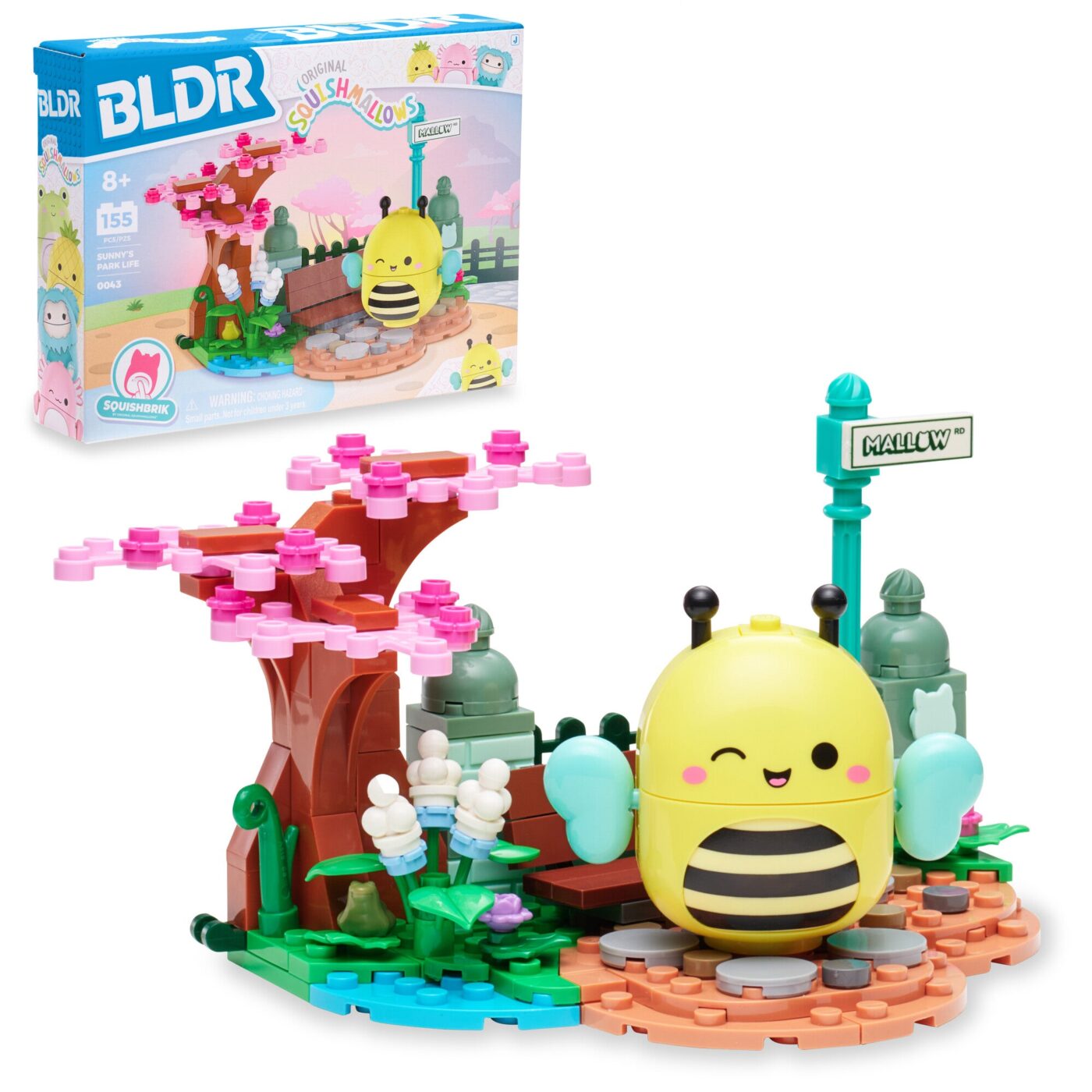
Like Jazwares’ brand BLDR (awful name) … It’s pretty shameless how they’ve just copied all the LEGO elements like the cupcake swirls, popcorn, various plant elements, and even the LEGO frog.
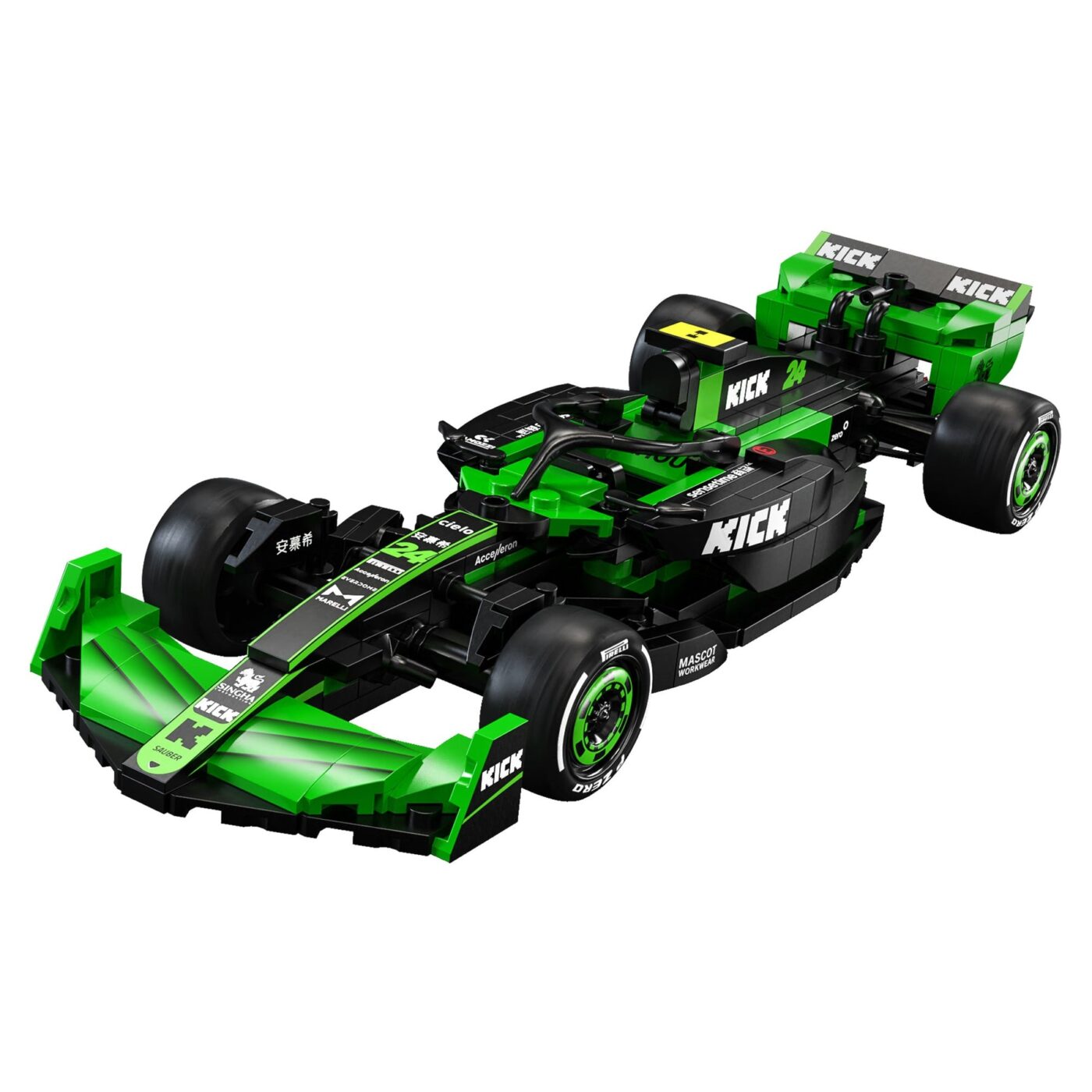
But it’s not just Mattel that is gunning for dominance in the automotive space, with Cada, a fairly established Chinese building block company. Unlike other clone brands, Cada does a lot of original designs, generously prints on their elements and also has legitimate licenses with car brands, even officially licensed Formula 1 cars. But it’s not just Cada that has secured licenses that “clash” with LEGO – RC brands like Rastar also have officially licensed Formula 1 Red Bull sets.
If you’d like to see how these stack up against LEGO’s own Speed Champions sets, RacingBrick on Youtube has done a great video comparing them all.
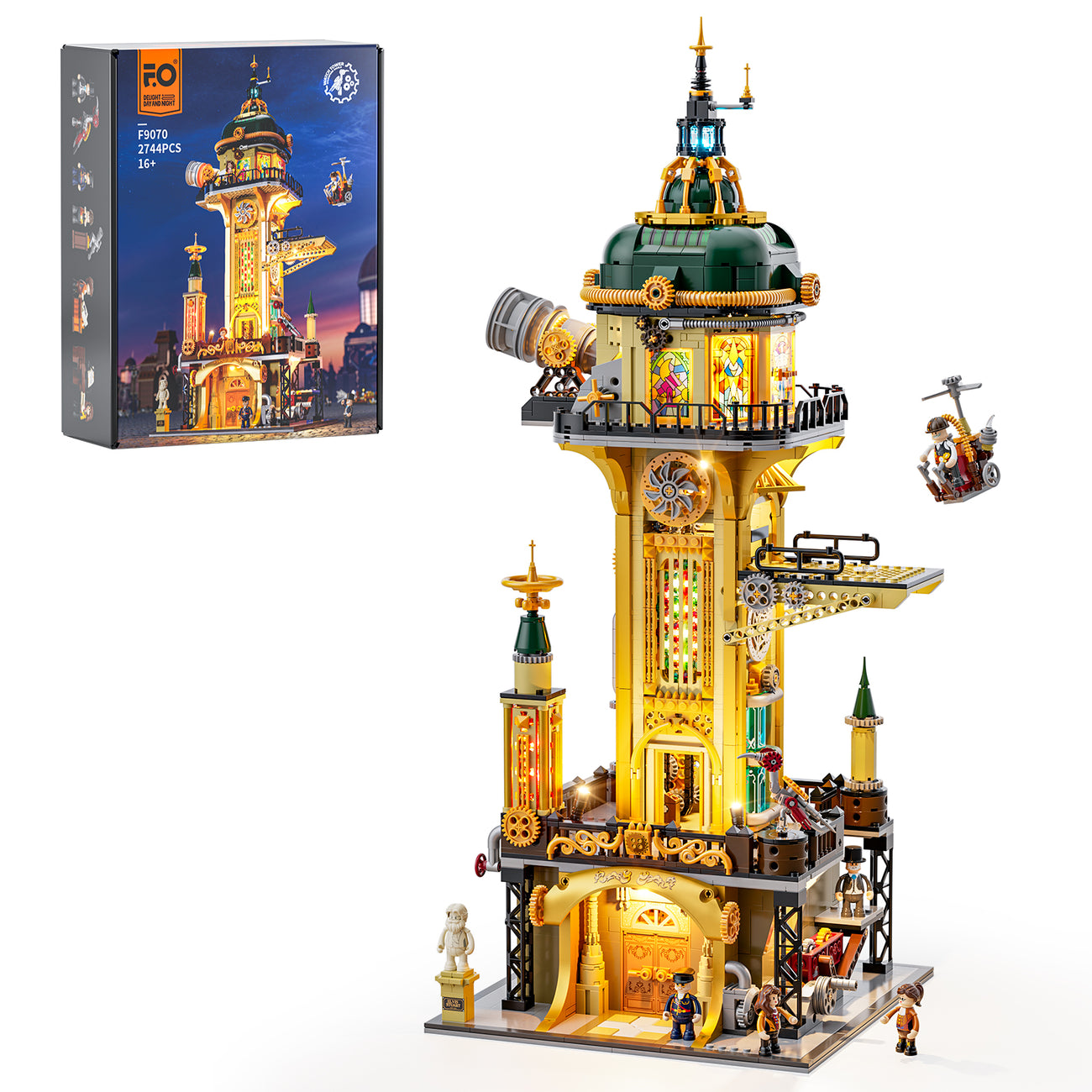
And then, you also have Chinese clone brands Lumibricks (previously known as Funwhole) and Pantasy, which are doing interesting things with their designs. While many of their elements are literal copies of LEGO elements, they at least put out some interesting designs like Steampunk/Cyberpunk buildings that also integrate lighting kits into them.

With LEGO’s continued dominance in the construction toy space (2024 broke all sales records for The LEGO Group), it’s not surprising that so many competitors are stepping up their game, eager to grab a slice of the pie that LEGO have created.
Since 2020, LEGO has gone mainstream and broke new ground with LEGO Icons sets that increasingly cater to adults and older fans, creating a whole new category of fans outside of children that The LEGO Group has traditionally targeted.
Personally, I think this level of competition is good, and die-hard LEGO fans should welcome and encourage competition, even if they’d never be seen building a non-LEGO set.

The LEGO Group has largely been unchallenged in the construction toy space for the longest time. Brands like Mega have come and gone taking a swing at LEGO, but always coming up short (so much so that LEGO snagged the prized Pokemon license from Mattel) despite trying to run the same playbook as them.
With Mattel Brick Shop being one of the more prominent challengers to The LEGO Group, this should put LEGO on alert. Competition breeds innovation, and I’m optimistic that a deep-pocketed challenger like Mattel will continue to push LEGO to defend their title, and product portfolios.
It’s also a wakeup call for LEGO not to rest on their laurels, and to hopefully be bold with innovation and cutting-edge design, and maybe, just maybe print on more elements, and be a lot more generous with introducing new moulds and elements in their sets.
But where competition will ultimately be most felt, is in the price category, which benefits all LEGO fans. With Mattel being quite aggressive with their Brick Shop pricing, it serves as a warning shot to LEGO to cool it with the premium pricing that is synonymous with the brand, but to also help them focus on delivering more value with their sets.
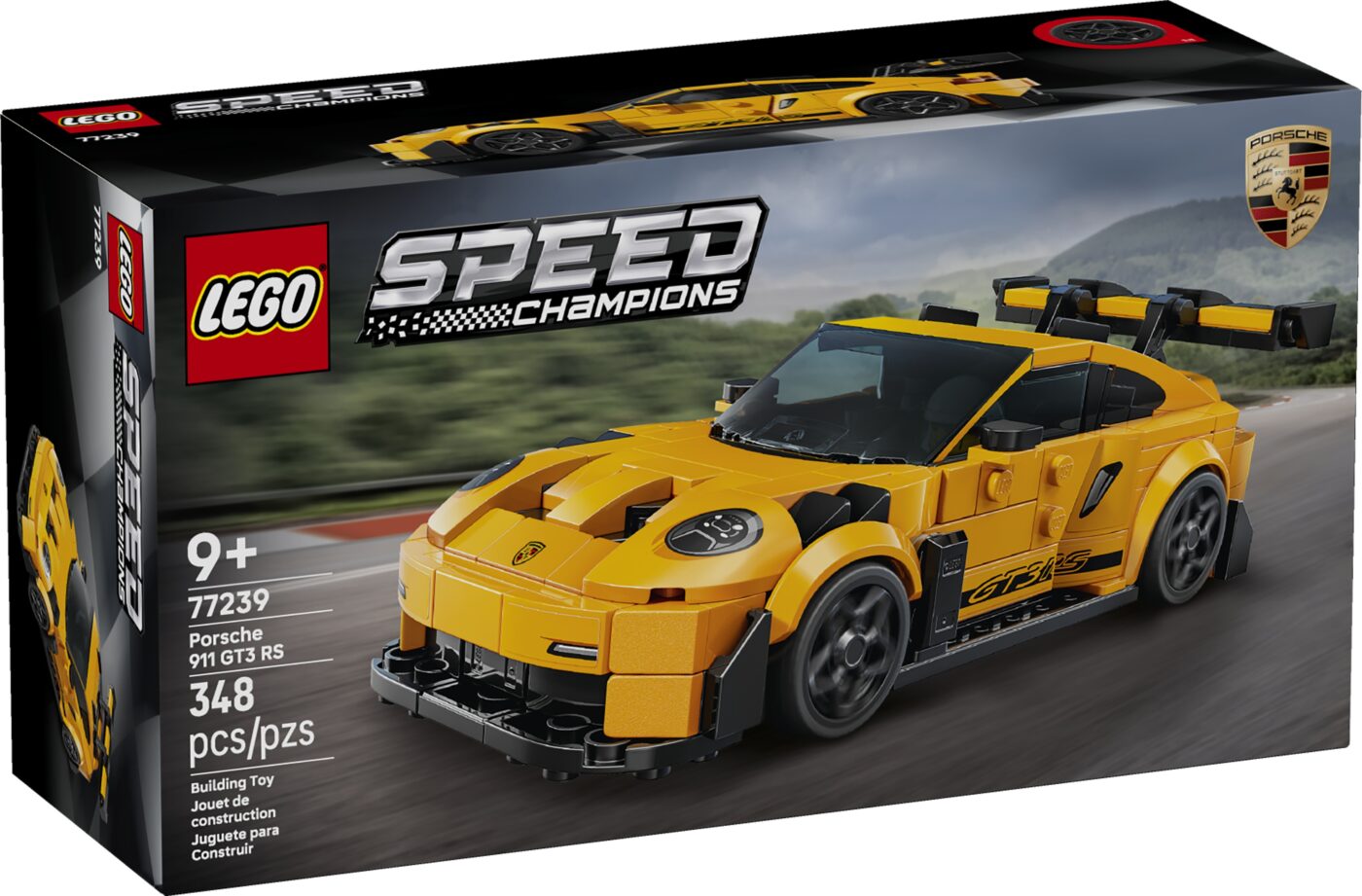
Mattel’s Speed Champions competitor that’s 25% cheaper, with Tier 1 automotive licenses through their Hot Wheels partnership will definitely make LEGO think twice about what they’re asking for the current crop of Speed Champions sets.
Ultimately, I do think that The LEGO Group is quite secure in their position, because incumbency and the heritage of a 93-year old brand matters. Here’s why I think the competition has their work cut out for them, and in many ways represents LEGO’s true moat in the toy industry.
LEGO’s incredible brand power
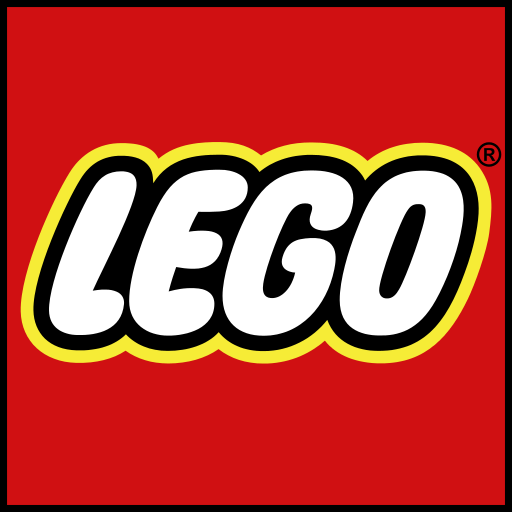
Ultimately, The LEGO Group’s strongest asset is the LEGO brand, which includes tangible elements such as the logo, but more importantly, intangible elements like how consumers view the brand as trustworthy, premium, fun and being a step above other construction toy brands.
LEGO have invested billions into building its brand, over the course of several decades, and brand power is a cumulative exercise, so much so that it’s cemented into the psyche of parents, kids and now adults about what to expect from anything The LEGO Group produces. You know it’ll be good, reliable, even if its a little expensive, but the “premium” nature of LEGO is arguably its strongest attribute.

Which brings me to the Formula 1 Grand Prix in Miami. While Mattel were in LA, holding a glitzy launch event featuring (mostly) fringe/LEGO-adjacent influencers introducing the world to Mattel Brick Shop, LEGO dropped one of its most memorable brand activations in recent history – unveiling life-sized LEGO replicas of their Speed Champions cars at the LEGO Garage, but taking it to the next level, by taking over the Miami GP drivers parade, and having all 20 Formula 1 drivers drive them around the circuit!
The execution of this was out of this world. This is the first US F1 race of the year (the US is LEGO’s biggest market), and all eyes were on Miami, and LEGO did something so outrageously cool and FUN that took over the entire internet.
Just watch Lewis Hamilton’s video that he shared on Tiktok, which at time of publishing has crossed over 8 million views. While the novelty of having life-sized LEGO Formula 1 cars take over the driver’s parade is one thing, the magic of the LEGO brand collided with F1 in the most unexpected ways.
Seeing the world’s biggest F1 stars transform into little kids, driving their oversized LEGO F1 cars into each other, all while having what looked like the time of their lives just goes back to the heart and soul of LEGO’s brand – it’s about fun, the potential for unlimited creativity, and now with LEGO’s focus on adults; that you’re never too old to embrace your inner child.
LEGO would’ve spent millions on this activation at the Miami Grand Prix, but the ensuing chaos and fun, and how the world’s biggest F1 drivers like Max Verstappen, Lewis Hamilton, Oscar Piastri and Lando Norris have the time of their lives in a giant LEGO F1 car is literal money-cant-buy advertising.
It’s not just the billions of views and impressions generated by this stunt, but what is being cemented in the hearts and minds of consumers, many of whom would have little affinity with the LEGO brand.
That LEGO is fun, and if F1 stars can have fun with LEGO, you can too.
Back to the topic. I could go on forever on this topic, but this editorial is becoming quite long. Of course, it’s not just LEGO’s brand that gives it an edge. There are other more boring things that LEGO is world class at that will make it an uphill battle for competitors to get within striking distance of LEGO’s crown.
LEGO’s industry-leading logistics, supply chain, production, global footprint and distribution deals with many of the biggest retailers, as well as their massive network of LEGO Brand Stores, and of course LEGO’s immense stable of IP (intellectual property) licenses like Star Wars, Disney, Nintendo, and soon, Pokemon.
LEGO is unlikely to lose its crown (or even much of its market share) to competitors in the near future (if ever), and to be honest, I have my doubts on whether this group of competitor offerings will make a dent against LEGO. Mattel seems mostly focused on the US-market with their launch (hello, Europe and Asia Pacific exist?), and the other competitors are ultimately hampered by poor distribution and low brand visibility.
Ultimately, what we can hope for is that LEGO keeps an eye on these plucky upstarts (which they most definitely are), and takes the competition seriously to shore up their product offerings by focusing on quality, lowering price or delivering more value, and not slow down on innovation, and to continue taking big swings at transforming the LEGO building experience.
What do you think of LEGO’s competition? Do you think it’ll push LEGO to improve on their products?
To get the latest LEGO news and LEGO Reviews straight in your inbox, subscribe via email, or you can also follow on Google News, or socials on Facebook, Instagram (@jayong28), Bluesky or subscribe to the Jay’s Brick Blog Youtube channel.


